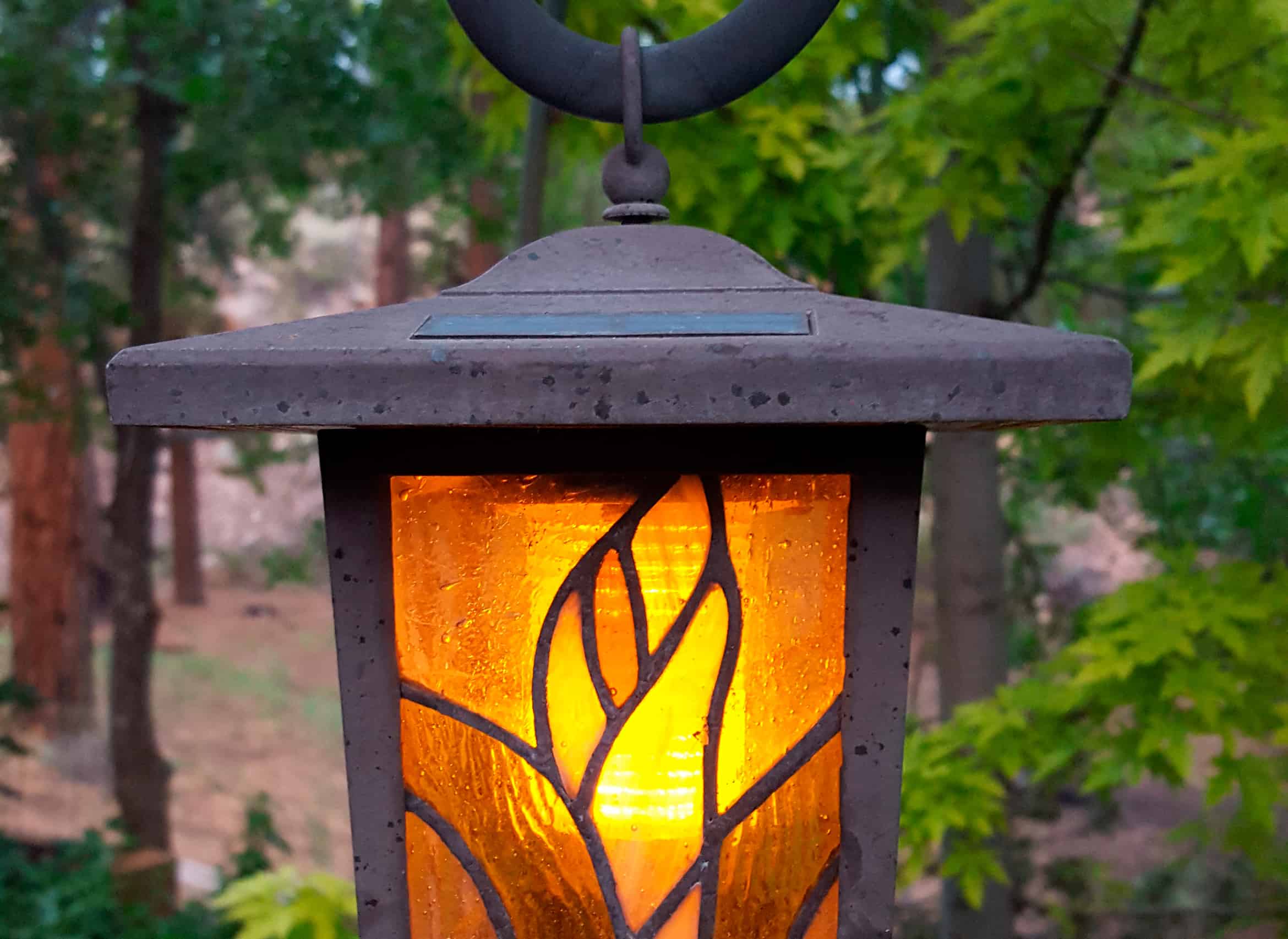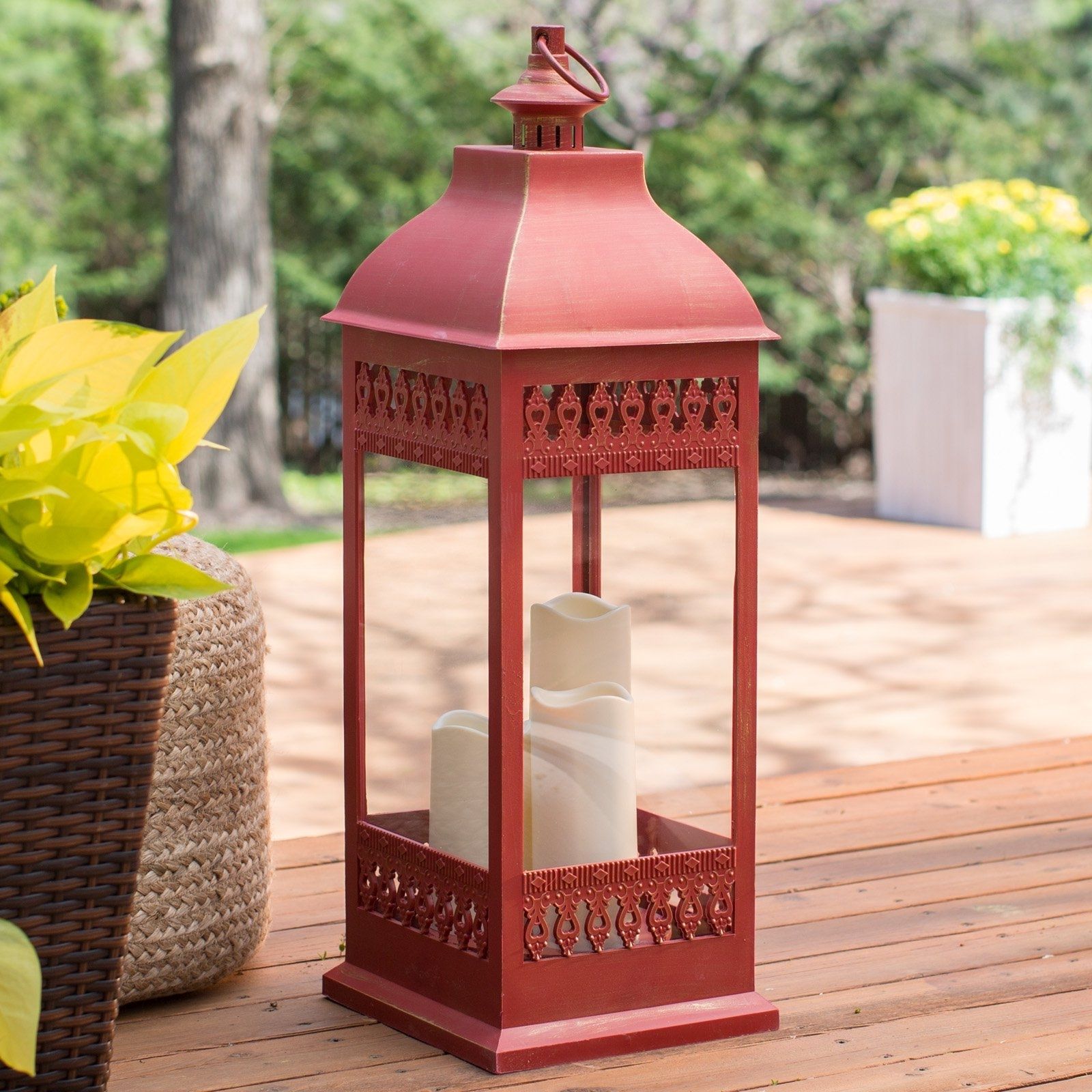Design Aspects of Decorative Lanterns

The design of decorative lanterns encompasses a captivating array of shapes and forms, each adding a distinct charm to any space. From intricate geometric patterns to whimsical silhouettes, these lanterns showcase the boundless creativity of artisans.
Illuminate your abode with the enchanting glow of decorative lanterns. Their intricate designs cast ethereal shadows, transforming your space into a sanctuary of tranquility. Discover a treasure trove of these captivating pieces at clearance home decor sales, where you can adorn your home with exquisite lanterns that will ignite your imagination and set your soul alight.
Materials Used in Decorative Lanterns
The materials employed in the construction of decorative lanterns contribute significantly to their aesthetic appeal and durability. Traditional lanterns often feature delicate rice paper, allowing for the gentle diffusion of light, while contemporary designs incorporate a variety of materials such as metal, glass, and even wood, offering a more modern and industrial aesthetic.
Decorative lanterns, with their intricate designs and warm glow, add a touch of enchantment to any home. They evoke a sense of celebration, whether it’s a festive holiday gathering or a cozy evening by the fireplace. Speaking of festive gatherings, you might find some inspiration for your holiday décor at home accents holiday christmas tree.
The vibrant hues and twinkling lights of a Christmas tree can complement the soft glow of lanterns, creating a magical ambiance that fills the home with warmth and cheer.
Design Elements Contributing to Aesthetic Appeal
The overall aesthetic appeal of decorative lanterns stems from the harmonious interplay of various design elements. Intricate carvings and embossing add depth and texture, while the choice of colors and finishes complements the surrounding décor. Whether it’s the soft glow of a candle or the ambient light of an LED, the interplay of light and shadow creates a captivating ambiance, transforming ordinary spaces into enchanting realms.
Cultural Significance and Symbolism: Decorative Lanterns

Decorative lanterns have a rich cultural significance and symbolism, varying across different regions and cultures. They have played a vital role in festivals, celebrations, and religious ceremonies, often embodying profound meanings and beliefs.
Lanterns have been used in ancient China for centuries, symbolizing good fortune, prosperity, and the warding off of evil spirits. In Japan, lanterns are associated with the Obon festival, where they are believed to guide the spirits of the deceased back to their homes. In Korea, lanterns are used during the Chuseok festival to celebrate the harvest and bring good luck.
Symbolism of Lantern Designs
Different lantern designs carry specific meanings and symbolism. For instance, lanterns with round shapes represent unity, completeness, and the moon. Lanterns with star shapes symbolize hope, guidance, and celestial bodies. Lanterns with intricate patterns often depict scenes from mythology, nature, or religious stories, serving as visual representations of cultural beliefs and traditions.
Lanterns in Festivals and Ceremonies, Decorative lanterns
Lanterns play a central role in many festivals and ceremonies around the world. During the Chinese Lantern Festival, lanterns of various shapes and sizes are displayed to symbolize the end of winter and the arrival of spring. In Thailand, floating lanterns are released into rivers and waterways during the Loi Krathong festival, carrying away bad luck and bringing good fortune.
In religious ceremonies, lanterns are often used to represent the light of enlightenment, hope, and guidance. In Buddhism, lanterns are used in temple rituals to symbolize the Buddha’s teachings and the path to enlightenment. In Christianity, lanterns are used in processions and ceremonies to represent the light of Christ and the guiding light of faith.
Decorative Applications and Functionality

Decorative lanterns transcend mere illumination, transforming into versatile design elements that enhance both interior and exterior spaces. Their practical functions extend beyond providing light, as they create ambiance, evoke emotions, and complement various design schemes.
Interior Applications
Within interior spaces, lanterns serve as focal points, adding warmth and character. Suspended from ceilings, they cast ethereal glows, creating intimate dining areas or cozy reading nooks. Tabletop lanterns, with their intricate designs, provide ambient lighting for coffee tables or sideboards. Wall-mounted lanterns, adorned with ornate patterns, illuminate hallways or accentuate architectural features.
Exterior Applications
Outdoors, lanterns illuminate pathways, creating a welcoming atmosphere. They adorn patios, casting soft glows that extend the evening’s enjoyment. Suspended from trees or pergolas, they create magical ambiance, transforming gardens into enchanted realms. Lanterns also play a practical role in security, providing illumination for entrances and driveways.
Design Versatility
Decorative lanterns seamlessly integrate into diverse design styles. From traditional to contemporary, rustic to modern, they complement various aesthetics. Moroccan lanterns, with their intricate metalwork, add an exotic touch to bohemian interiors. Japanese lanterns, made from paper or bamboo, bring a sense of serenity to Zen-inspired spaces. Industrial lanterns, with their exposed bulbs and metal frames, lend an edgy touch to urban lofts.